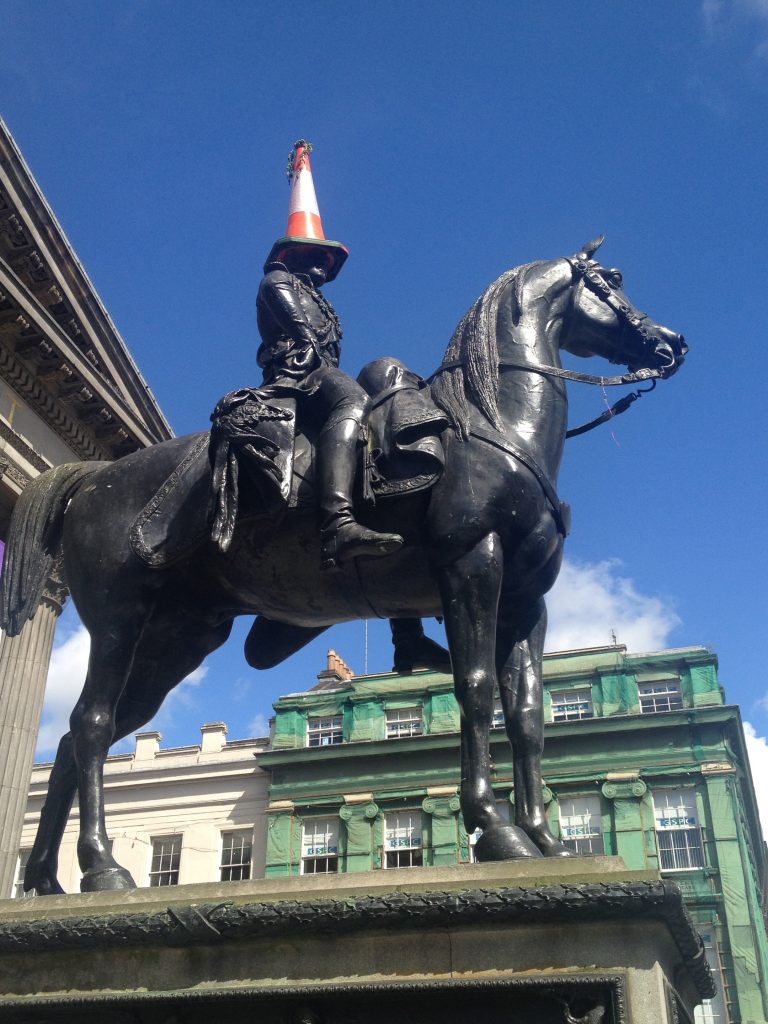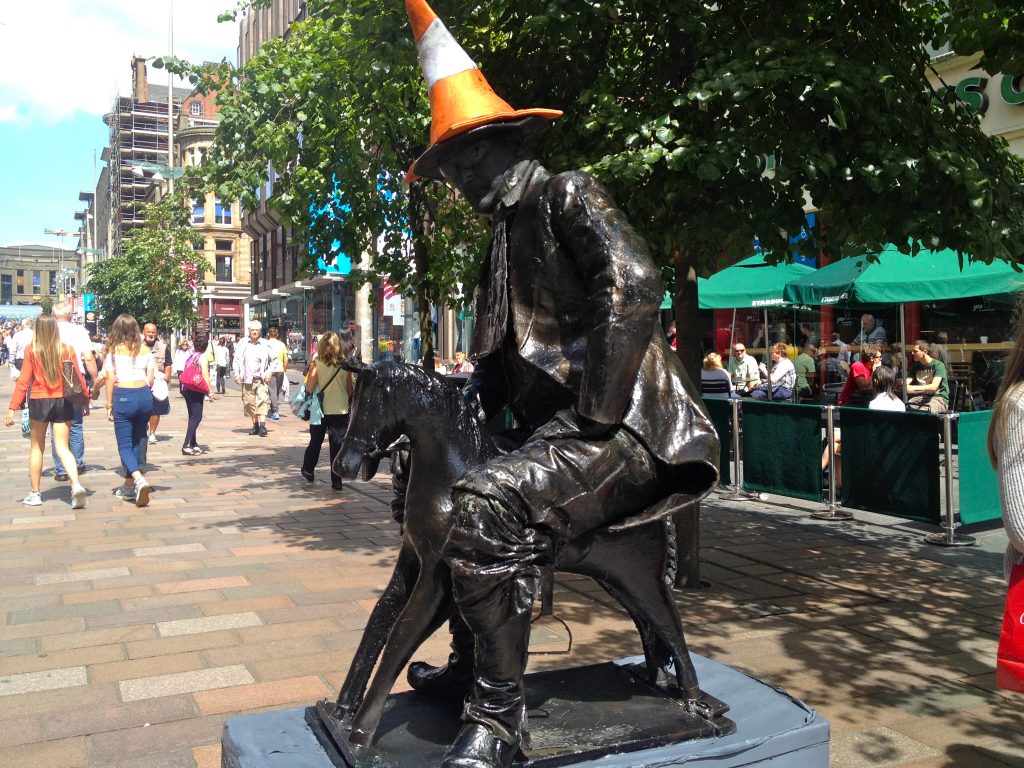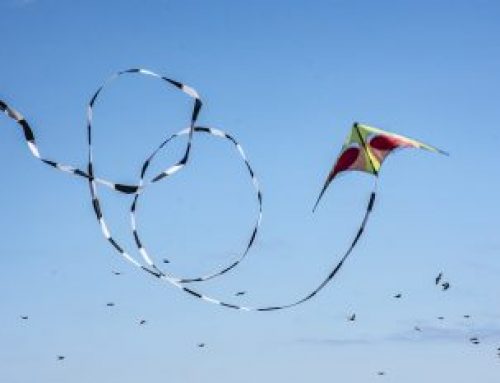The Duke of Wellington would have been amused. Far from being offended, the man who defeated Napolean would have seen the point of the cone. So says no less an authority than author and historian Owen Dudley-Edwards
His latest book, Scotland’s Waterloo, arrived hot off the press last night, just in time for the 200th anniversary of the battle, even as the author himself was entertaining a packed lecture room at the National Library of Scotland in Edinburgh.
The audience was there to be entertained and Owen Dudley-Edwards did not disappoint. He had to abandon his plans for opening with a blast of ABBA (don’t ask) but his talk provided many winding digressions, which included Conan Doyle, Sir Walter Scott, Burke and Hare…and the famous Glasgow cone on the equestrian statue outside the Gallery of Modern Art.
This particular tribute to Wellington was sculpted by Italian artist Carlo Marochetti in 1844 (eight years before the Duke died in 1852) but the headdress is a more recent Glasgow touch which has become world renowned. in 2013, Glasgow City Council, tired of removing the offending object, briefly thought of elevating his lordship out of reach by raising the plinth but a social media campaign gathered so much popular support the plan was soon abandoned. (The Facebook page, Keep the Cone, is still going with 92,000 fans at the last count.)
The rest is history, well sort of.
But Owen Dudley-Edwards argues that the Anglo-Irish Duke of Wellington wouldn’t be offended anyway. Old Hooky, as his soldiers affectionately called him (look again at the statue, he had a big nose), or, sometimes, Booty (yep, the original Wellies) was apparently not a snob. “He understood his soldiers well. He liked to keep it real,” says the historian.
There is, of course, much more to the Gallery of Modern Art than the equestrian statue, with or without the cone. The elegant neoclassical building has had a varied past since it began life as the townhouse of Tobacco Lord William Cunninghame. It was built in 1778 – by which time our hero on the horse, future Field Marshall and Prime Minister, was a nine year old boy .
And ABBA? Alright, then. Here is their Waterloo. Owen Dudley-Edwards questions the historical accuracy of the first line: “My, my, at Waterloo Napoleon did surrender.”
GOMA, by the way, is one of the stops on our Glasgow Landmarks audio tour. DOWNLOAD the free smartphone app here.








Leave A Comment